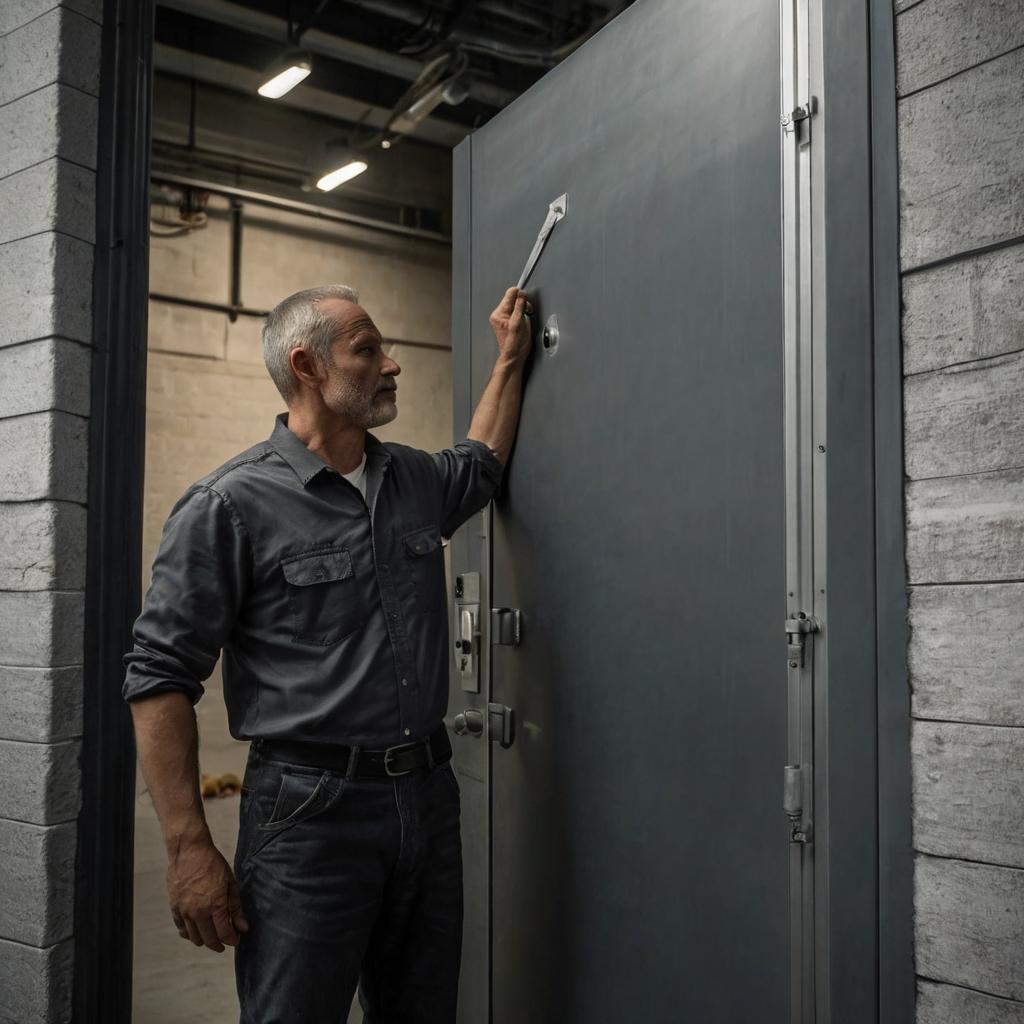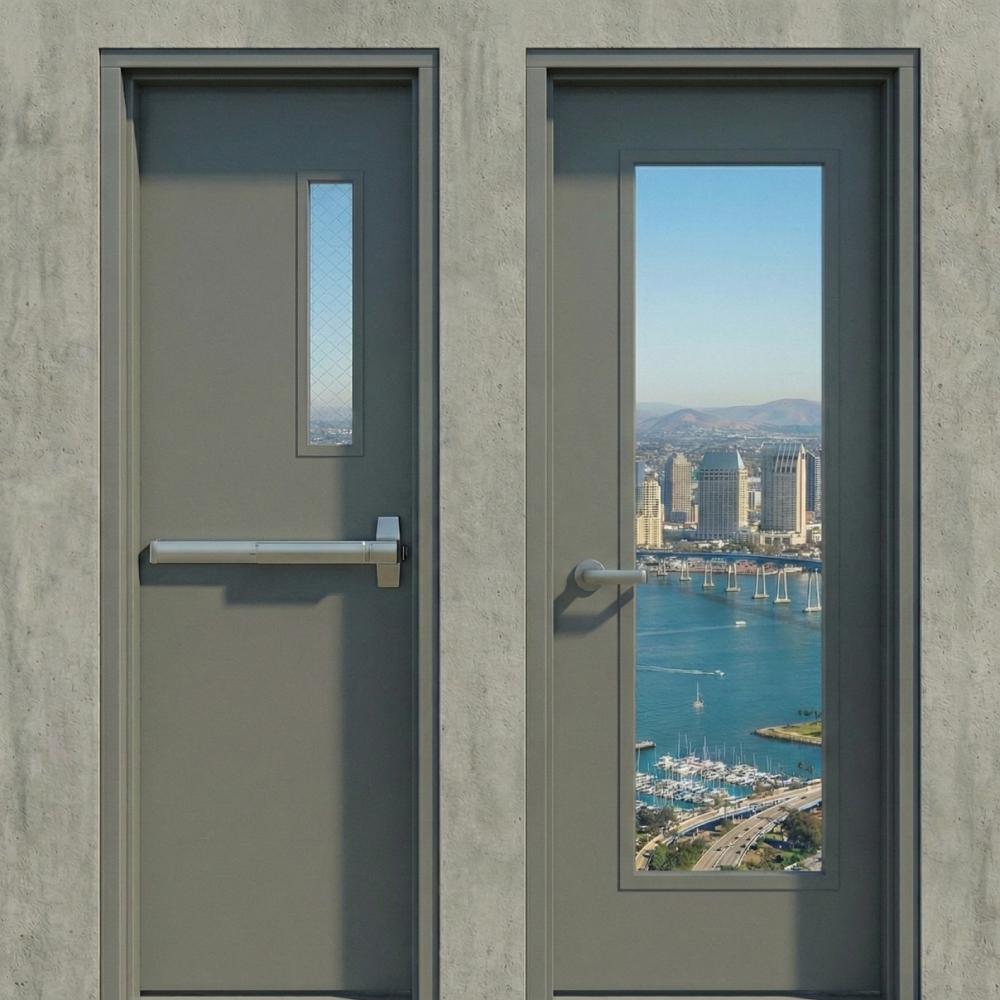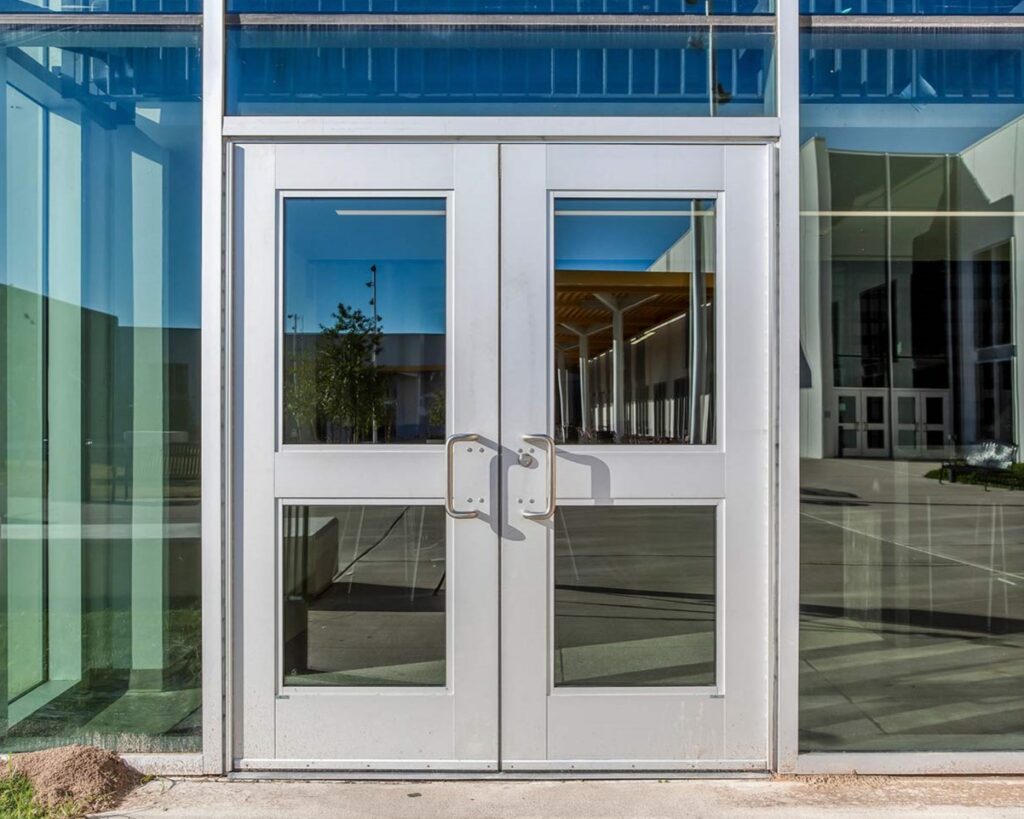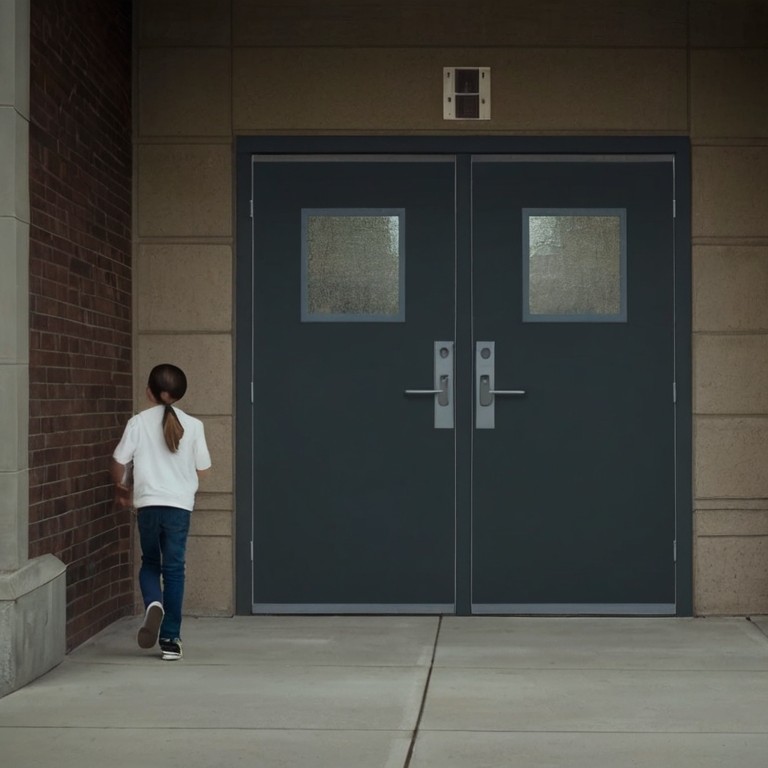In Seattle and Washington State, doors and hardware are subject to specific code requirements to ensure safety and accessibility. Here are some key code requirements to keep in mind:
1. Accessibility: Doors must comply with the accessibility requirements set forth by the Americans with Disabilities Act (ADA), which includes minimum clearances, hardware heights, and accessibility features such as door closers and lever handles.
2. Fire Safety: Fire-rated doors must comply with the International Building Code (IBC) and the National Fire Protection Association (NFPA) standards, which include fire resistance ratings, hardware requirements such as fire-rated hinges, and fire door labeling.
3. Locks and Latches: Doors must be equipped with appropriate locks and latches that meet specific code requirements for security and safety, including panic hardware for certain types of doors.
4. Wind Load: Doors in Seattle and Washington State must be designed and installed to withstand wind loads as determined by the local building code.
5. Energy Efficiency: Doors must comply with local energy codes, which include standards for thermal performance, air infiltration, and weather stripping.
It is important to consult with the local building code officials to ensure that your doors and hardware comply with all applicable code requirements. Building codes can vary by jurisdiction, so it is important to stay up-to-date on the specific requirements for your location. Additionally, it is recommended to work with experienced professionals, such as architects and door hardware specialists, to ensure compliance with code requirements and best practices for door and hardware installation.




